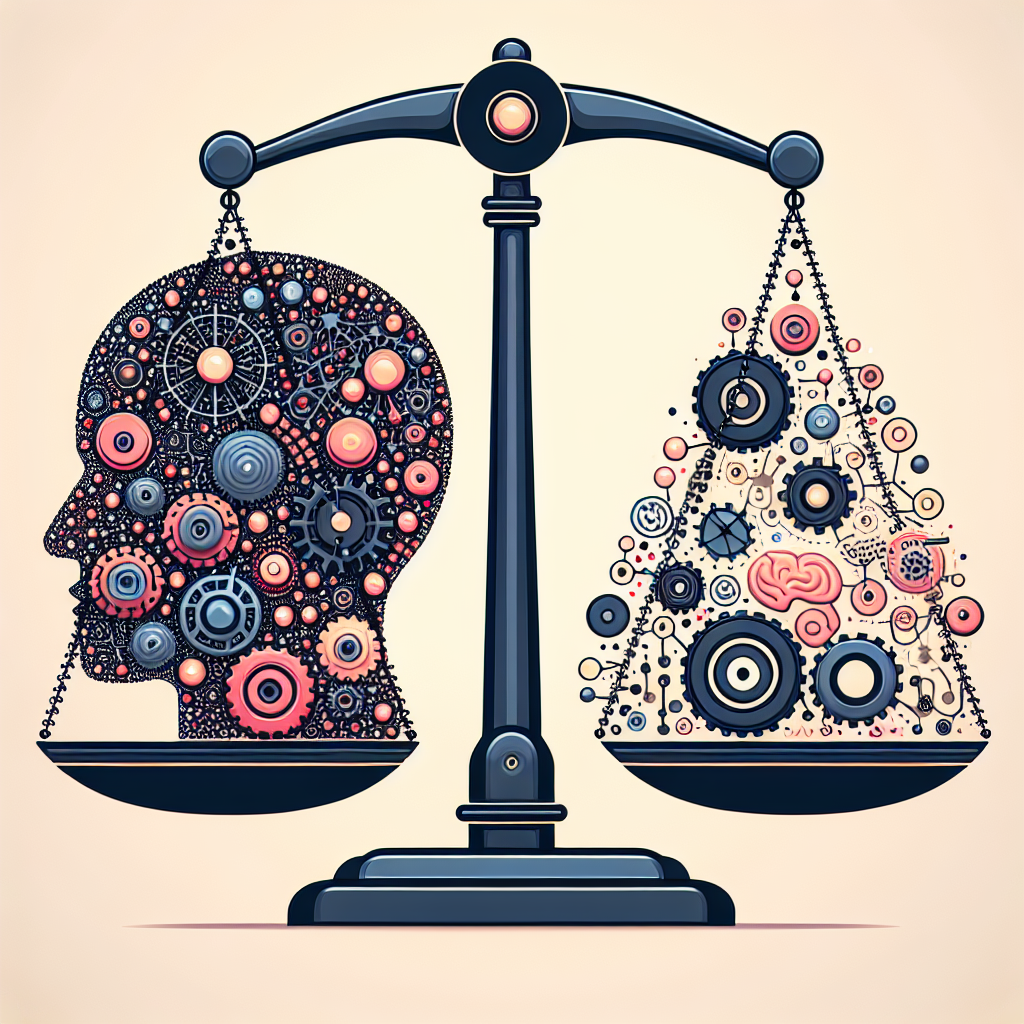Artificial Intelligence (AI) and Machine Learning (ML) are two terms that are often used interchangeably, but they are actually distinct concepts with different applications and capabilities. In this article, we will provide a comprehensive comparison of AI vs Machine Learning, explaining the differences between the two and highlighting their unique features and functionalities.
AI vs Machine Learning: What’s the Difference?
Artificial Intelligence (AI) is a broad field of computer science that aims to create machines that can perform tasks that typically require human intelligence. This includes tasks such as speech recognition, language translation, image recognition, and decision-making. AI systems are designed to mimic human cognitive functions, such as learning, reasoning, problem-solving, and perception.
Machine Learning (ML), on the other hand, is a subset of AI that focuses on developing algorithms and models that can learn from data and make predictions or decisions without being explicitly programmed to do so. ML algorithms use statistical techniques to identify patterns and relationships in data, which can then be used to make predictions or recommendations.
One way to think about the relationship between AI and ML is that AI is the broader field that encompasses ML as one of its subfields. In other words, ML is a tool or technique that can be used to implement AI systems.
Key Differences Between AI and Machine Learning
1. Scope and Complexity: AI is a broad and complex field that encompasses a wide range of technologies, including ML, natural language processing, computer vision, robotics, and more. ML, on the other hand, is a more focused and specialized area that specifically deals with developing algorithms that can learn from data.
2. Learning and Adaptation: AI systems can learn and adapt to new situations and data on their own, whereas ML algorithms require training data to learn from and make predictions or decisions. AI systems are generally more flexible and can handle a wider range of tasks and inputs compared to ML algorithms.
3. Decision-making: AI systems are capable of making decisions and taking actions based on their analysis of data and their understanding of the task at hand. ML algorithms, on the other hand, are typically used to make predictions or recommendations based on patterns in data, but they do not have the ability to make decisions on their own.
4. Human Interaction: AI systems are designed to interact with humans in a more natural and intuitive way, such as through speech recognition, natural language processing, and computer vision. ML algorithms are more focused on analyzing data and making predictions or recommendations, rather than interacting with humans directly.
Applications of AI and Machine Learning
AI and ML have a wide range of applications across various industries and domains, including healthcare, finance, retail, transportation, manufacturing, and more. Some common examples of AI and ML applications include:
– Speech recognition and natural language processing: AI systems can understand and generate human language, enabling applications such as virtual assistants, chatbots, and voice-controlled devices.
– Image recognition: AI systems can analyze and interpret visual data, enabling applications such as facial recognition, object detection, and autonomous vehicles.
– Recommendation systems: ML algorithms can analyze user data and behavior to make personalized recommendations for products, services, or content.
– Predictive analytics: ML algorithms can analyze historical data to make predictions about future trends, behaviors, or events, such as sales forecasts, customer churn, or equipment failures.
– Autonomous systems: AI systems can control and coordinate autonomous vehicles, drones, robots, and other devices that can operate without human intervention.
FAQs
Q: What is the difference between AI and ML?
A: AI is a broad field of computer science that aims to create machines that can perform tasks that typically require human intelligence, while ML is a subset of AI that focuses on developing algorithms that can learn from data and make predictions or decisions.
Q: How are AI and ML used in healthcare?
A: AI and ML are used in healthcare for applications such as disease diagnosis, personalized treatment plans, medical imaging analysis, drug discovery, and patient monitoring.
Q: What are some examples of AI-powered devices?
A: Some examples of AI-powered devices include smart speakers (e.g., Amazon Echo, Google Home), autonomous vehicles, smart thermostats, and wearable fitness trackers.
Q: How can businesses benefit from AI and ML?
A: Businesses can benefit from AI and ML by improving operational efficiency, enhancing customer experiences, making better decisions, automating repetitive tasks, and identifying new opportunities for growth and innovation.
Q: What are some ethical considerations related to AI and ML?
A: Some ethical considerations related to AI and ML include bias in algorithms, data privacy and security, job displacement, accountability and transparency, and the impact on society and the environment.
In conclusion, AI and Machine Learning are two distinct but related fields that have the potential to revolutionize how we live, work, and interact with technology. By understanding the differences between AI and ML, as well as their applications and implications, we can better harness the power of these technologies to drive innovation and create positive change in the world.

